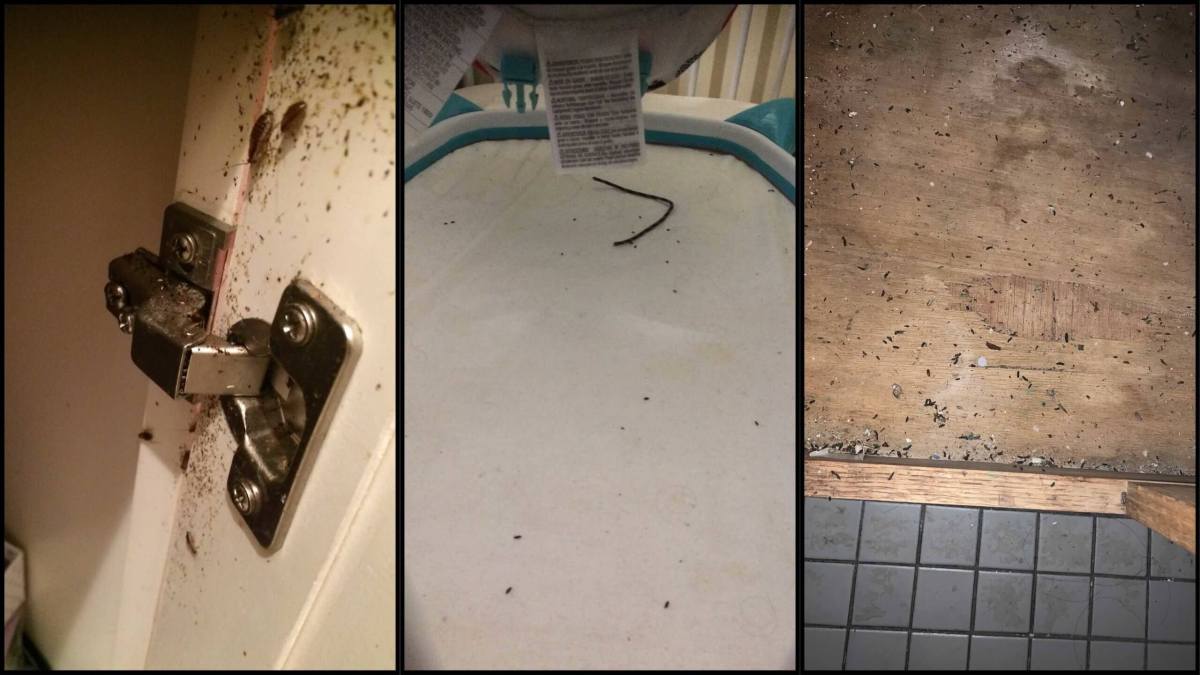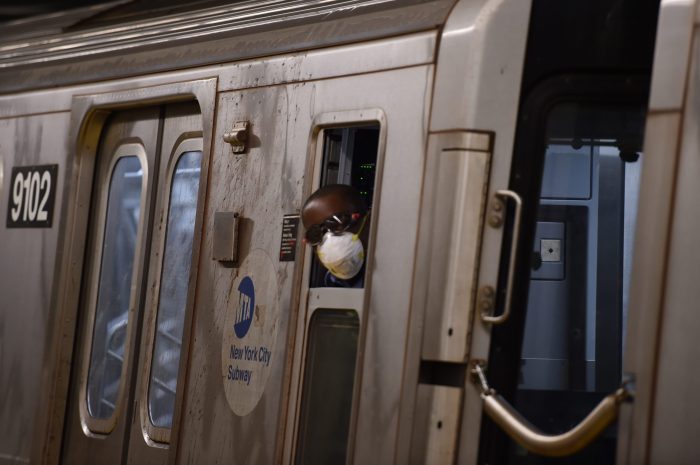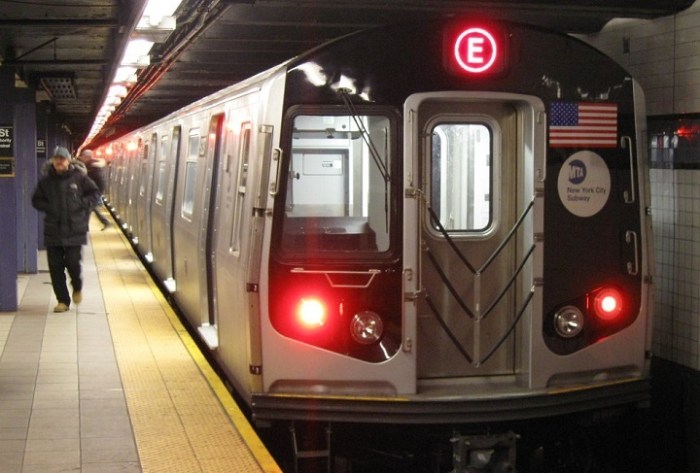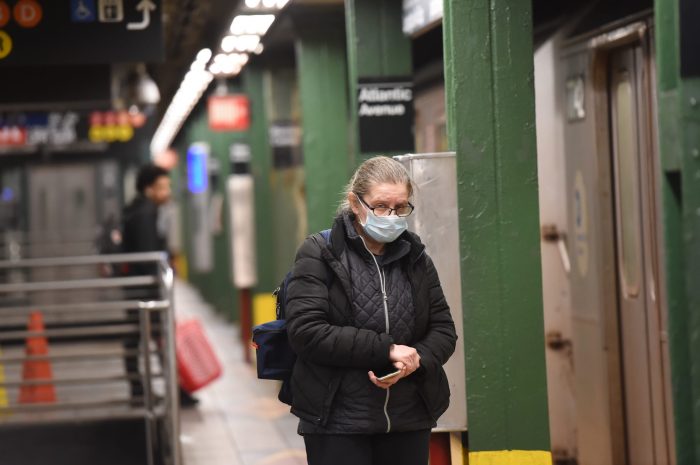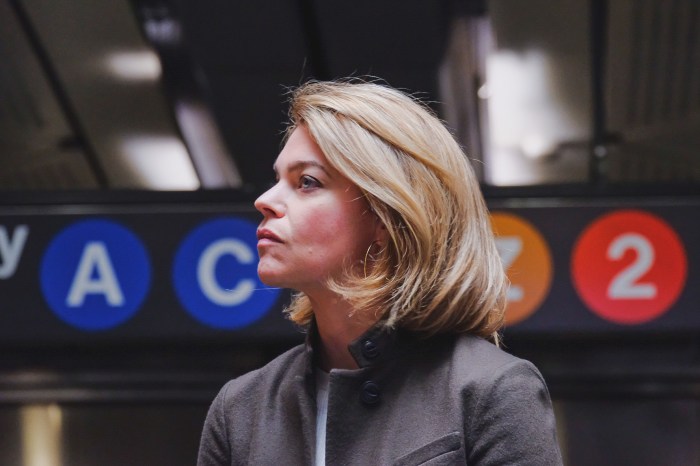Last week, I had the opportunity to ask leading Mayoral candidates their vision for improving bus service for approximately two (2) million bus riders. I was impressed to hear the majority of the mayoral hopefuls speak on the importance of better buses, committing to adding more bus lanes to help riders get around faster and even agree to take the bus to City Hall if elected. Candidates prioritizing buses is a recent development and in stark contrast to how previous elected officials have addressed bus challenges.
New York City buses have chronically been deprioritized and under-funded for decades. These decisions have left riders with some of the slowest service in the country. Buses have a public image problem which is perpetuated on the big and small screens, in advertisements and public policies. “Successful people drive. Trains are viewed as faster and more efficient. Bikes are characterized as youthful and progressive. Walking is considered good for exercise and an opportunity to gather one’s thoughts. And buses are the last resort for children, seniors, the mobility challenged, and the working class.”
These stereotypes of bus riders were challenged this past year. City buses provided critical transportation for several hundred thousand essential workers during the height of the pandemic, proving buses transport heroes. Trains, commuter rail, airlines all saw a deep decrease in ridership while bus service ridership hovered near seventy (70) percent of pre-pandemic levels. For the first time, bus ridership surpassed subway ridership.
As a resident of a “two-fare zone” and transit desert in Southeast Queens buses are the main transit option. The nearest subway is only accessible by a thirty (30) minute or longer bus trip or “dollar” van. I often use the Long Island Rail Road for a faster commute to Manhattan or Brooklyn. The LIRR is not a financially feasible alternative to all since the higher fare does not include transfers to the bus or subway. Past transit decisions and policies resulted in communities like mine with limited transit choices, unreliable bus service and long commutes.
Although buses have been critical to riders without other transit options, the pandemic elevated the importance of buses when other services were unavailable or shunned. New York’s City economic and social prosperity are inextricably linked with good public transit, the variety of transit options, and levels of service. Buses are essential as NYC residents emerge from a year of lockdowns, as a safe commuting option to return to work and resume daily living. While I am thrilled to hear leading Mayoral candidates talk enthusiastically about their bold visions to improve transit, commuters can’t wait until 2022 for better buses. We have a Mayor who can help bus riders now by fulfilling his promise to improve bus speeds by 25%.
In 2020, the Mayor completed nearly 16 miles of new bus lanes and busways which are paying riders amazing dividends. Riders are now requesting the Mayor honor his commitment to add 30 miles of bus lanes before the end of the mayoral term. Faster and more reliable buses prioritize riders and workers essential to NYC’s recovery!
Karen Hamiliton is a Riders Alliance member, Urban Planner, and Southeast Queens resident.



